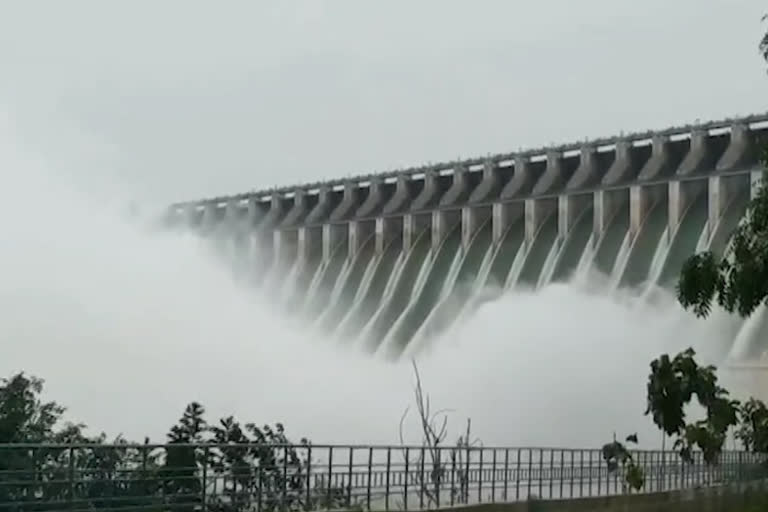Hyderabad: Water is the most precious of all-natural resources bestowed by nature. It is crucial for the survival of all living beings in the world, including humans. We are failing to make proper use of this most valuable resource — water. It is a sad fact that of the available water resources in India, only 28 per cent of the resources are utilized and the remaining 72 per cent is being wasted into the seas. Traditional water conservation structures such as stairwells, lakes and ponds dug in ancient times are still used to collect and hold rainwater. But, negligence and apathy in protecting them are glaringly evident.
Prominent among the states cultivating crops through ponds and lakes are Tamil Nadu, West Bengal and Chhattisgarh. Pond water is the prime source for agriculture in most of the villages in these states where there are no rivers. Rising carbon emissions and deforestation have resulted in rivers and conventional water bodies gradually becoming extinct as a result of global warming, depletion of the groundwater, etc. Water conservation has become a challenge for governments.
Construction of dams
The extinction of the ancient Saraswati River can be seen as a harbinger of impending water crises. Instead of restoring precious water resources, the British government built huge dams with public funds to raise revenue in the form of taxes.
READ: Man on cycle expedition to raise environmental awareness
Even after independence, the irrigation system of canals connected to dams has been crucial in our country. Large dams have been included in the Five-Year Plans as they believed that these are appropriate to meet the water needs of a growing population. Dams have even been glorified as 'modern temples'. The Narmada Tribunal has decided to build 30 large dams, 135 medium and 3,000 small dams, including the Sardar Sarovar Dam, the tallest on the Narmada River alone.
Many villages and forests were inundated due to those reservoirs. Although large dams meet net irrigation needs, problems such as environmental imbalances and providing rehabilitation and alternative lands to the farmers and other population of the submerged villages will be increased. Therefore, environmental protection is possible by conserving available rivers as well as restoring traditional water resources such as ponds, water springs, etc. Rivers have become an integral part of our culture in the form of Kumbh Melas, Pushkars and Parikramas. Of these, the Narmada Parikrama is the most sacred river conservation expedition.
ALSO READ: What You Need To Know About Intranasal Vaccine?
The Government of Madhya Pradesh officially conducted Narmada Seva Yatra from December 11, 2016 to May 11, 2017 to continue river conservation activities. During the expedition, the Jan Abhiyan Parishad, Madhya Pradesh Water Board, Finance and Statistics Department along with volunteers, saints and devotees took part in the removal of waste from the Narmada River and planted trees on an area of 3,350 km on both sides of the river. Due to the importance of rivers in the conservation of the environment and ensuring livelihoods, the International Rivers Association organizes March 14 as the International Day of Action for Rivers. This year it has decided to celebrate with the theme ‘River Rights’.
Public participation
The main objectives of river conservation are to protest against destructive water development projects, to rehabilitate and maintain traditional water storage structures, and to eliminate waste. In line with this, the Government of India launched the National Mission for the Ganges in 2011 to clean up the Ganges and rehabilitate it. National River Day is celebrated on November 4 every year as part of river conservation. Celebrities from various walks of life are invited to the festival on that day.
The celebrations include competitions on the history, legends and folklore of the Ganges. Action has been initiated on awareness programs on the cleanliness of the river Ganga. In this case, it is the responsibility of the people to use water judiciously without wasting it. Environmental-friendly tools should be used. Care should be taken not to allow plastic waste to enter the rivers. Planting trees can save future generations from soil erosion, drought and many of the harms that come with climate change. It is very difficult to achieve river conservation, environmental protection and sustainable development without the participation of the people.



